2025-03-14
Prototyping Certainty: 3D Printing an Insulin Pump#
The first time I taped a fake insulin pump to my body, I realized my DIY habit might've finally crossed a line.
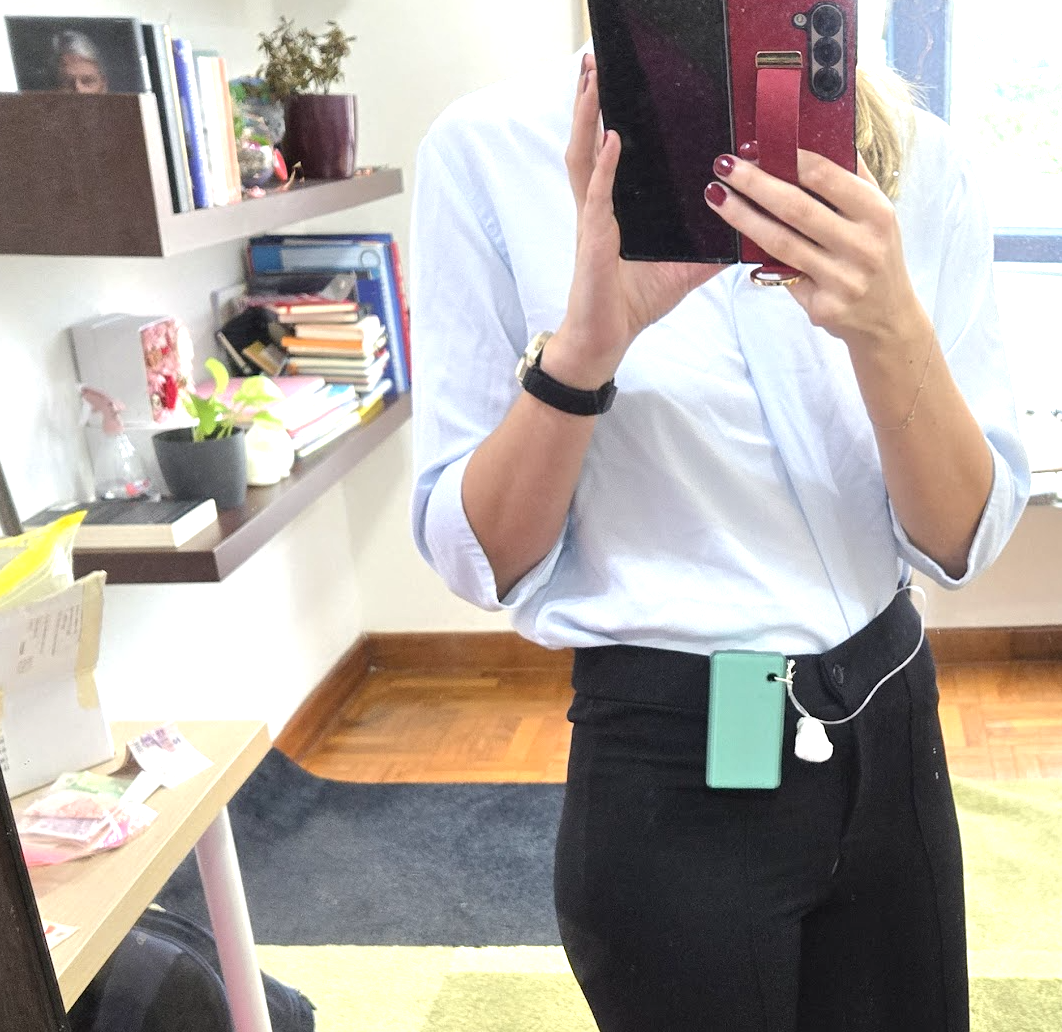
For 13 years, I've stubbornly rejected an insulin pump. Not because the tech isn’t compelling—it very much is—but because the idea of something permanently plugged into my body genuinely bothered me. More importantly, spending SGD$12,500 on something I feared might be unbearable seemed financially reckless.
Still, diabetes doesn't care about comfort. It demands management, day after relentless day. I knew my management was acceptable but far from optimal. Could I handle being physically attached to medical tech for the rest of my life?
I didn't like uncertainty—especially when that uncertainty involved spending SGD$12,500. So, in classic DIY fashion, I decided to prototype my anxiety. Enter my trusty Bambulab Carbon 3D Printer.
Growing a Spline#
With closed-loop pumps having settled into reliability over the last five years, it was time for me to grow a spline and make a decision. An informed decision. I quickly mocked up a life-sized model of the Medtronic Minimed insulin pump (it's amazing how far a little spline and a lot of chamfer will get you).
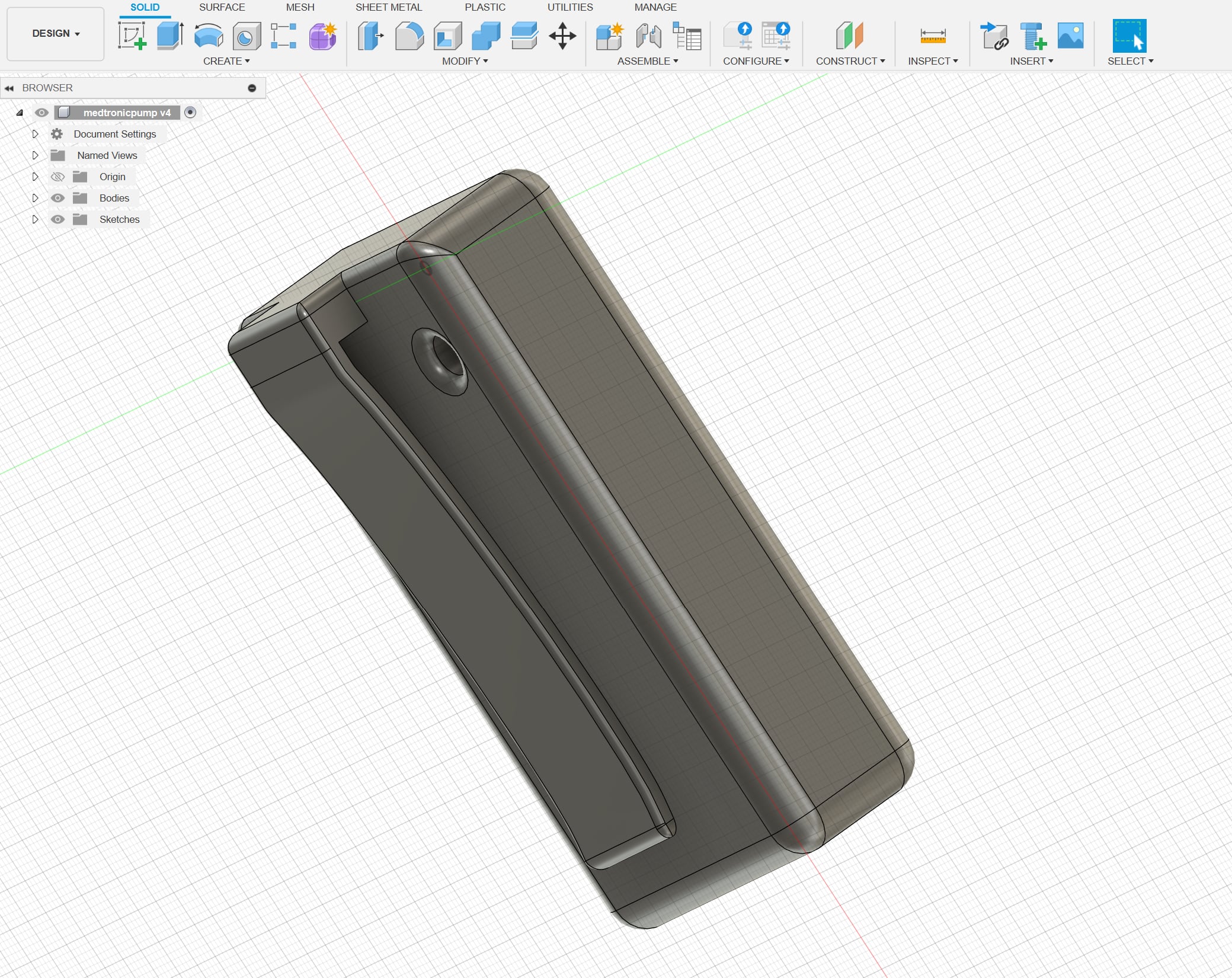
My first prototype v0 had too many sharp edges and an inconvenient attachment point. After a frustrating day of getting poked by plastic corners, I quickly iterated to v1: smoother edges, a sturdier belt clip, and an adjusted attachment point.
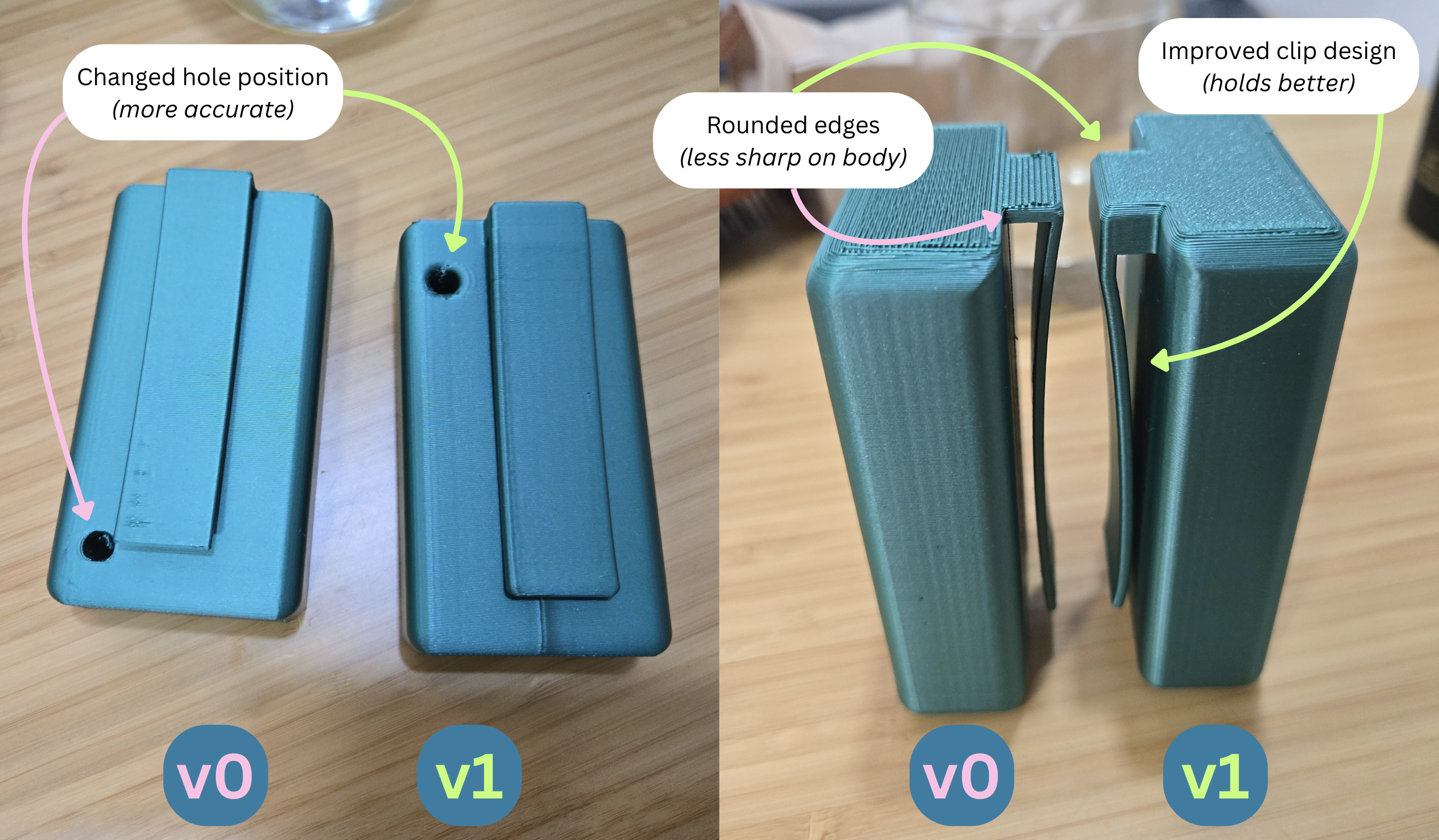
This iteration improved things dramatically. The belt clip evolved from frustratingly pointless to genuinely useful, and the more accurate weight helped simulate real-life conditions. But something was still missing: realism.
Thankfully, my fantastic (and mildly amused) doctor stepped in during a regular appointment. With professional oversight—and some bemused smiles—I was given a genuine Medtronic cannula and taught how to properly insert it.
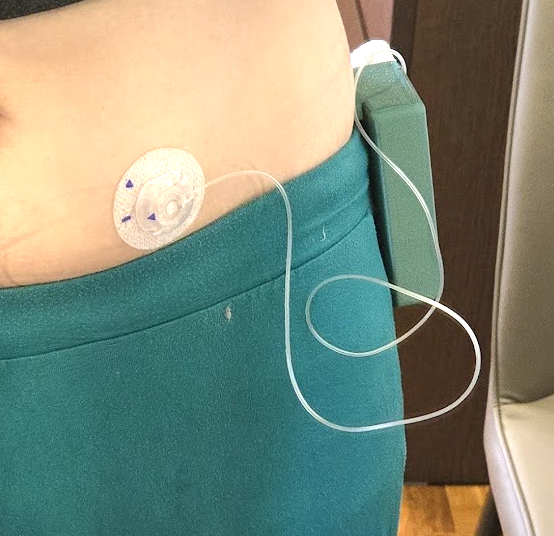
That's how my DIY pump prototype went from "weird idea" to "not FDA-approved but authentic enough for a useful proof-of-concept."
Reality Check: Three Days of DIY#
I lived with the prototype for three full days: the lifespan of the cannula. Sleeping, showering, exercising, working. Yes, it was annoying—more than annoying, sometimes outright infuriating. I rolled onto it constantly while sleeping, caught the tubing on doorknobs, and it got painfully in the way while working on my laptop.
Yet surprisingly, as the days passed, something clicked. When exercising, I treated the prototype just like my phone, shoving it into a thigh pocket. At night, I learned to simply let the tubing float freely. The belt clip made it easy to stash. Crucially, I realized if I could tolerate the irritation without benefit, I could easily handle the trade-off when receiving massive mental relief and extending my lifespan by years.
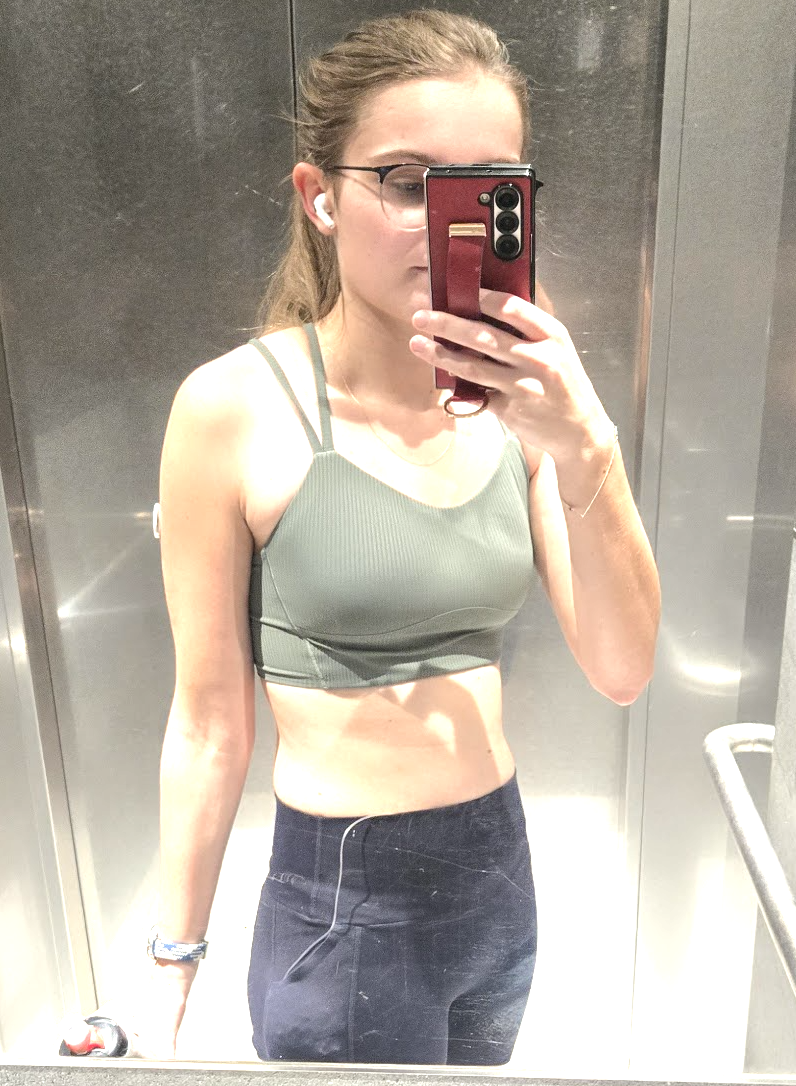
The experience echoed when I first started wearing a Garmin watch—initially irritating, eventually routine. But an insulin pump isn't just another piece of tech. It's a direct line to better health, fewer worries, and significantly lower risks of long-term complications.
Early Effort Gets the Worm#
Not all pumps are created equal. Omnipod offers tubeless pumps, which would have solved my entire dilemma. Unfortunately, they're not available in Singapore.[1] Knowing how useful pumps can be, I figured I'd start on them whenever I could officially get my hands on a tubeless.
My tubed-pump concern is longstanding. I've always found even small attachments to my body incredibly distracting—I only managed to start wearing a watch consistently about six months ago, after numerous failed attempts. Carrying a backpack casually slung over one shoulder feels off-kilter enough to be noticeable. So the idea of being tethered to a pager-sized medical device by a 60cm tube was daunting. I wanted to wait for a less fiddly Omnipod.
Two things changed my mind.
First, my doctor. Finding a specialist who actually knows more about my diabetes than I do has been rare—after all, I'm the one living with it daily. But my current doctor is exactly that: knowledgeable, trustworthy, and incredibly competent.[2] He didn't just suggest the pump; he walked me through the specifics, crafted a supportive plan, and made it clear I'd have expert backup. Suddenly, tackling this didn't feel solo.[3]
Second, I finally understood the brutal importance of metabolic memory. Early effort in control pays compound interest. One of the longest and largest diabetes studies showed that ~6 years of intensive early control reduced major cardiovascular complications by 50+%, even decades later.[4] Even brief delays have lasting impacts on long-term health. In other words, I should've started yesterday—but today will do.
Each incremental improvement dramatically lowers risks of blindness, heart attacks, amputations, and other serious long-term side effects. My "good enough" approach wasn’t, in fact, good enough.
I was now facing the pump with grim determination and lingering uncertainty. Perhaps it would be better to smuggle in Omnipods, and go about it unofficial and unsupported?[5]
But the prototype experiment didn't just ease my uncertainty; it obliterated it. By turning intangible anxieties into physical reality—literally taping them to my abdomen—I discovered clarity that simply can't come from thought alone.
Was it worth a few awkward glances from friends and medical staff? Absolutely. SGD$12,500 is no small decision, but I'm now confident it's worth every cent.
Worlds and Oysters#
DIY isn't just about gadgets and clever hacks. It’s about empowering ourselves: to make our lives more comfortable with little gadgets, yes, but also to confront and resolve fears head-on. My diabetes pump prototype might seem niche—but the principle isn't. Whether it's medical, personal, or professional uncertainty, a DIY approach can deliver powerful clarity.
And for anyone else facing a similar dilemma—or just curious—you can download my Minimed Insulin Pump Test model on Printables.
Sometimes, the best way through uncertainty is to prototype your way to clarity—even if your prototype ends up taped awkwardly to your abdomen.